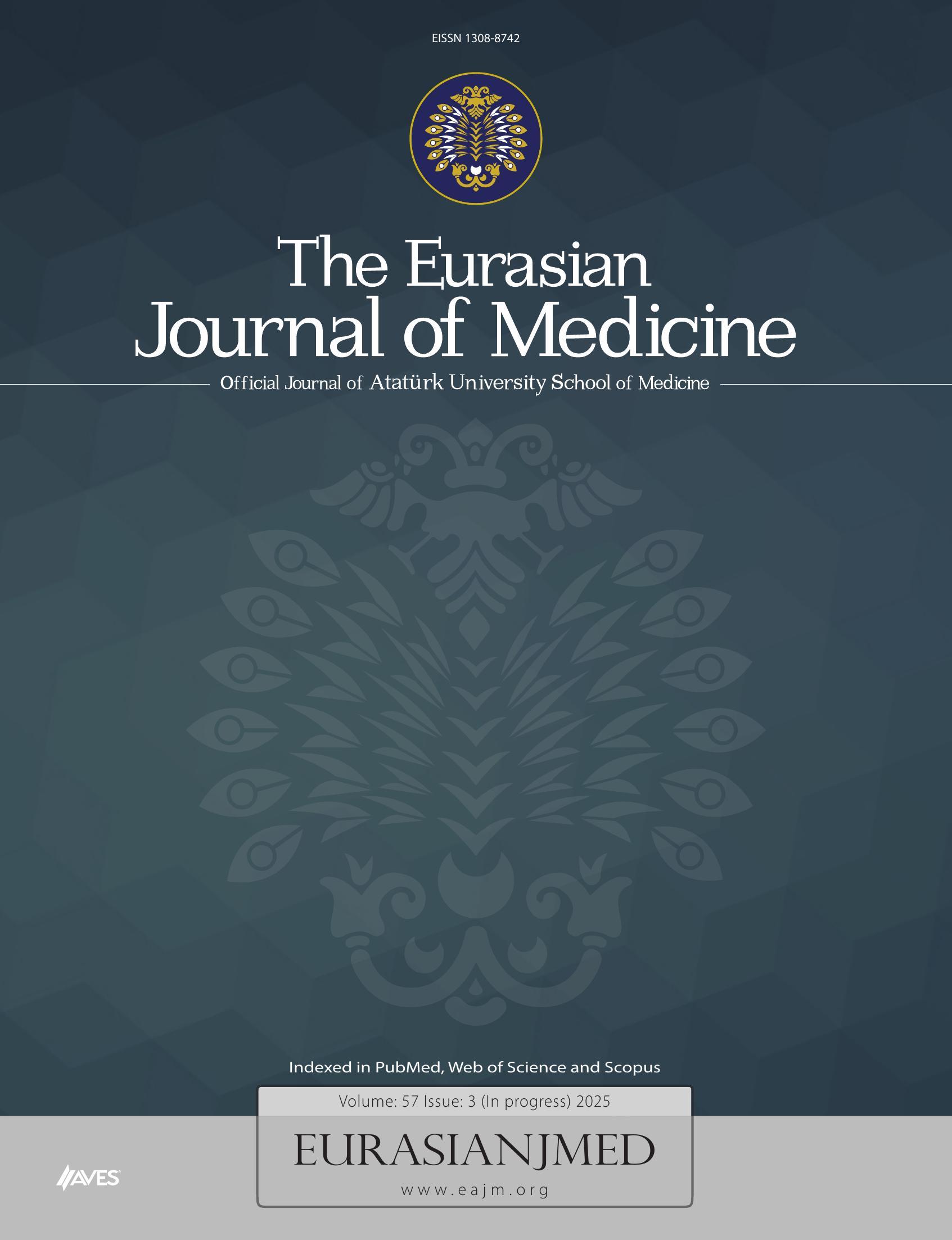Abstract
Objective: To determine the Keros classification and asymmetrical distribution rates of the ethmoid roof and the frequency of anatomic variations of the paranasal sinuses.
Materials and Methods: Paranasal sinus scans of 500 patients obtained using computed tomography were evaluated retrospectively. Measurements were performed using a coronal plan with right-left comparison and with distance measurement techniques. The depth of the lateral lamella was calculated by subtracting the depth of the cribriform plate from the depth of the medial ethmoid roof. The results were classified according to their Keros classification. Any asymmetries in the ethmoid roof depth and fovea ethmoidalis configuration were examined. The anatomic variations frequently encountered in paranasal sinuses (pneumatized middle concha, paradoxical middle concha, agger nasi cells, Haller cells, Onodi cells, etc.) were defined.
Results: The mean height of the lateral lamella cribriform plate (LLCP) was 4.92±1.70 mm. The cases were classified as 13.4% Keros Type I, 76.1% Keros Type II, and 10.5% Keros Type III. There was asymmetry in the LLCP depths of 80% of the cases, and a configuration asymmetry in the fovea in 35% of the cases. In 32% of the cases with fovea configuration asymmetry, there was also asymmetry in the height of the right and left LLCP. The most frequent variations were nasal septum deviation (81.8%), agger nasi cells (63.8%), intralamellar air cells (45%), and concha bullosa (30%).
Conclusion: Using the Keros classification for LLCP height, higher rates of Keros Type I were found in other studies than in our study. The most frequent classification was Keros Type II. The paranasal sinus variations in each patient should be carefully evaluated. The data obtained from these evaluations can prevent probable complications by informing rhinologists performing endoscopic sinus surgery about preoperative and intraoperative processes.

.png)


.png)
.png)